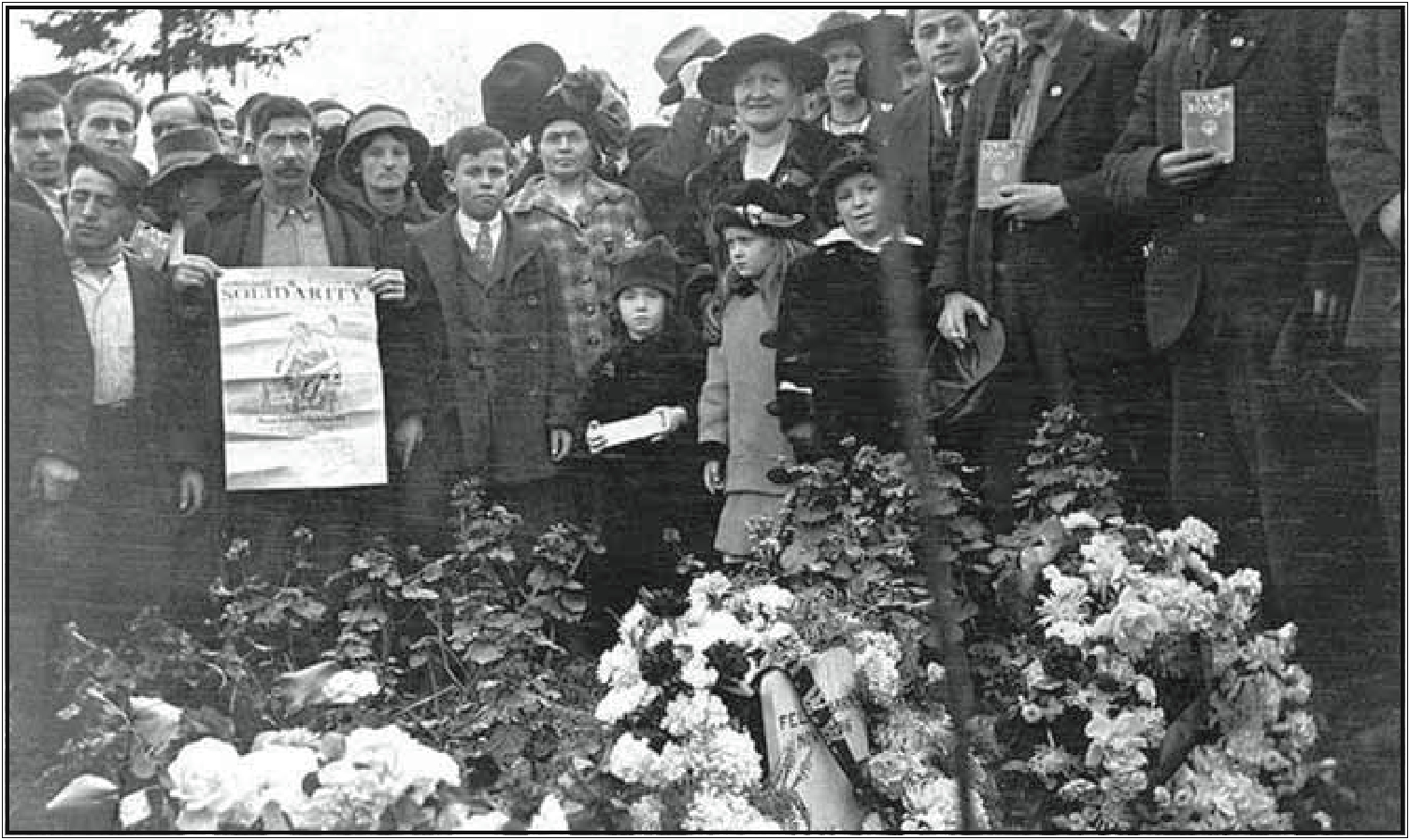The Jewel and the Key (46 page)
Read The Jewel and the Key Online
Authors: Louise Spiegler

From her pocket, she pulled out the mirror and looked at its cracked surface. If only ... oh, if only it could be the key to turn that lock again.
Slowly, deliberately, she tucked the mirror into her purse and, with even greater care, slipped the photo of
Peer Gynt
in with it. She would try again. Even though she doubted it would work, she had to try one more time. But not now.
And even if she could never returnâs he swallowed hard, trying not to weigh the sense of her loss if that was trueâeven so, they were all a part of her now. Nothing could take that away.
Outside, a car horn honked. Addie looked up and waved to Almaz. She put aside the turmoil in her heart and smiled as she thought of Whaley hammering up molding and mending the cracks in the walls, bringing the Jewel back to life. And farther into the future, so far she could hardly envision it, she saw herself on the stage, the mirror in her pocket and her book of notes in her hand, directing her cast.
She stood and picked up the precious box with the copy of the
Daily
inside it. She stepped out of the bookstore and locked the door behind her.
And suddenly she had that taste on her tongue again, just as she had the day she'd sat on the loading dock with Reg in the sunlight. The taste of her real life stretching out in front of her.
This is a work of fiction. However, readers will notice that I've populated my imaginary world with many real events, people, and places.
Seattle readers will detect and, I hope, forgive, a few instances of poetic license. Most strikingly, there is no theater called the Jewel in downtown Seattle. And although there is a Lincoln High School building, there is no actual high school in it. Finally, though the story about Katharine Cornell's late night/early morning performance of Christmas 1933 is true, it took place at the Metropolitan Theatre, which is sadly no more. You can find Cornell's actual account of thisârather than the account I attribute to herâin her autobiography,
I Wanted to Be an Actress.
The Industrial Workers of the World, also known as the Wobblies or the IWW, were a progressive labor union and political movement most active in the early twentieth century. Unlike most other unions of the time, they believed in “one big union” and organized workers regardless of race, ethnicity, gender, immigration status, or skill. They believed in the power of ordinary people to improve their lives through solidarity, education, and collective action. Many Wobblies actively opposed World War I.
The Everett massacre really did occur in November of 1916; it was a violent reaction by the Snohomish County Sheriffs Department to the IWW's free speech campaign in Everett, Washington. Seventy-four IWW men were jailed. Though Gustaf Peterson is a fictional character, Tom Tracy was indeed the first of the Wobblies to go on trial, and Felix Baran and Abraham Rabinowitz (among others) were killed by sheriff's deputies. Tracy was acquitted on May 5, 1917, and all the others soon thereafter.
Though they never organized the escape of a fugitive, Sam Sadler and Louise Olivereau were also real people. In 1917, Olivereau was arrested under the Espionage Act. Her crime was sending circulars through the mail encouraging young men to become conscientious objectors rather than fight in World War I. During her trial, she demanded, “Will those in power never learn that ideas can never be imprisoned?” She was sentenced to ten years in jail and served twenty-eight months before being paroled. Sam Sadler served two years in the McNeil Island penitentiary in connection with publishing pamphlets opposing the military draft. During and immediately after World War I, hundreds of IWW members were arrested and incarcerated.
Â
 November 1916 funeral of Felix Baran, IWW member killed in the Everett massacre.
November 1916 funeral of Felix Baran, IWW member killed in the Everett massacre.(University of Washington Libraries, Special Collections, Social Issues Files Dc/i. neg. #11504.)
Â
Although the IWW still exists today, by the early 1920s, the backbone of the movement had been broken by government crackdowns and vigilante violence. But as Louise Olivereau said, their ideas could not be imprisoned, and their rabble-rousing spirit lives on.
Creating the world of the Jewel required digging into the past. I appreciate all those who helped in this endeavor.
I am grateful to Paula Becker for sharing her deep knowledge of local history; to Michelle Sadlier and Paul Robertshaw for enriching my understanding of early twentieth-century theaters; and to Gregory Hagge, the acting curator of the Fort Lewis Military Museum, for answering questions about all things military in World War Iâera Seattle. I am also thankful to Debora Pontillo and her students for welcoming me into their drama classes, to Matt DePies for sharing his military experience, and to all the wonderful librarians at the University of Washington, Bothell.
Thanks also go to Chris Eboch for generously reviewing the entire manuscript, and to Molly Blaisdell, Conrad Wesselheoft, Susan Greenway, Cathy Benson, and Megan Bilder for their close reading. Do Peterson; Wendy Asplin; Natalie Pret; Lisa Citron; Laurie Blackburn; Carol, Robert, Eric, and Peter Spiegler; Mike Panitz; Debbie Bermet; Panos Hatziandreas; and many others kindly answered a variety of odd and often unexplained questions. And, as always, nothing would have been accomplished without the love and support of Richard, Levi, and Joseph.
